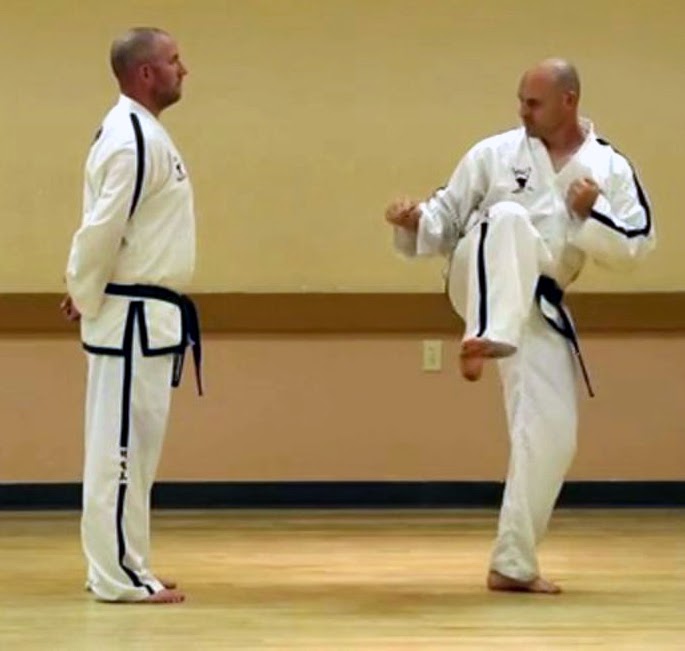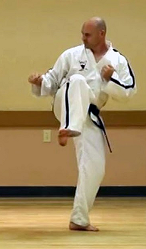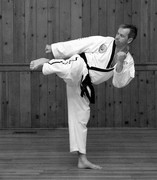skribs
Grandmaster
- Joined
- Nov 14, 2013
- Messages
- 7,504
- Reaction score
- 2,532
Do you chamber your side kick by bringing your foot up or knee up?
- Foot up: bring your foot up and keep it next to your leg, with your heel right next to your knee or thigh.
- Knee up: bring your knee up to your chest, so your heel is in front of your hips.




